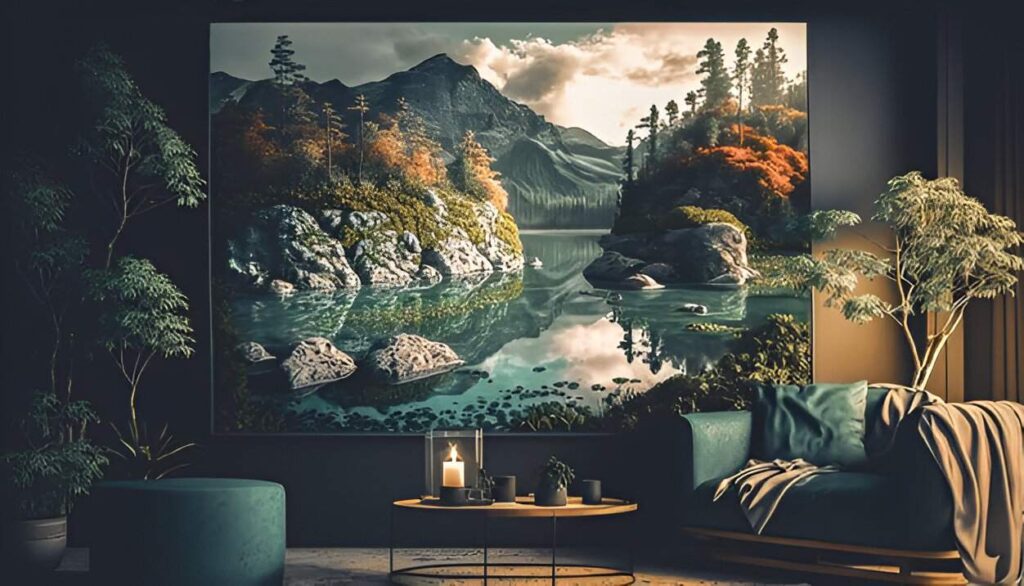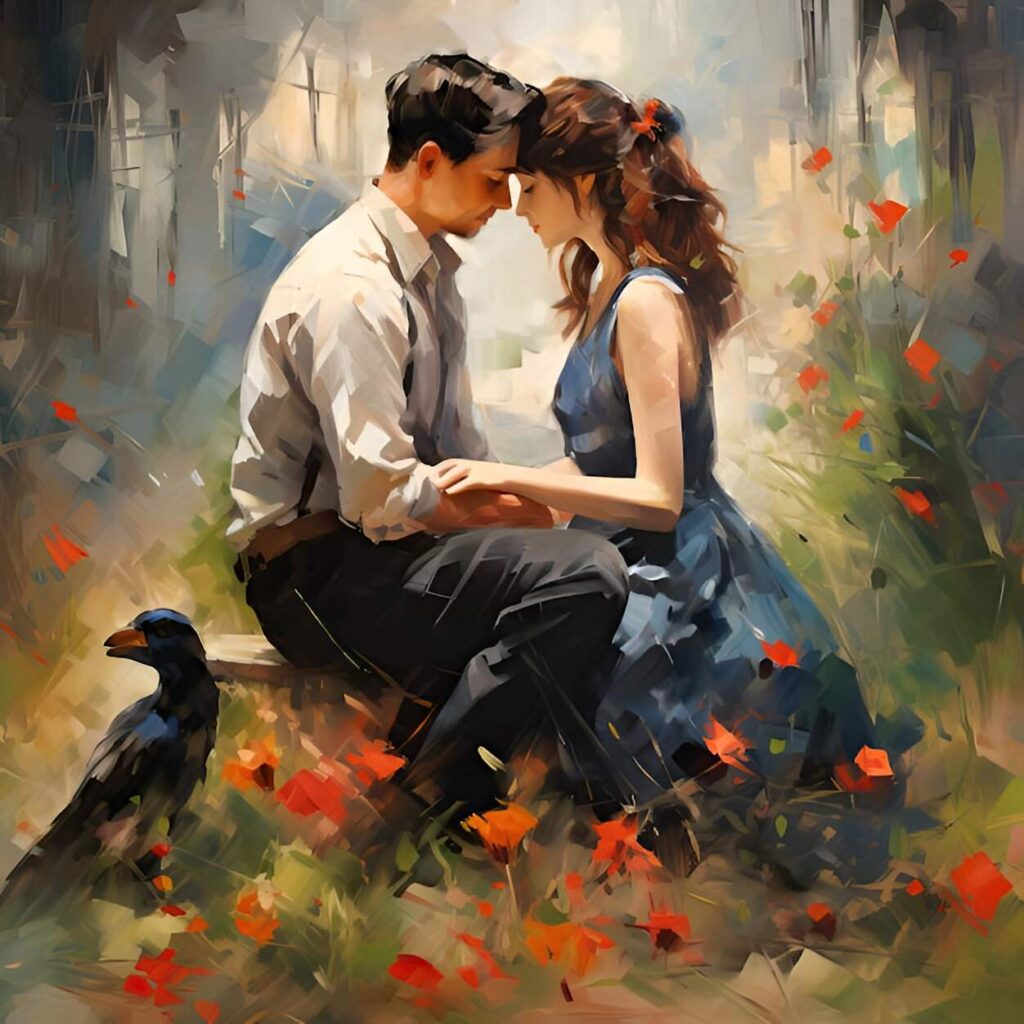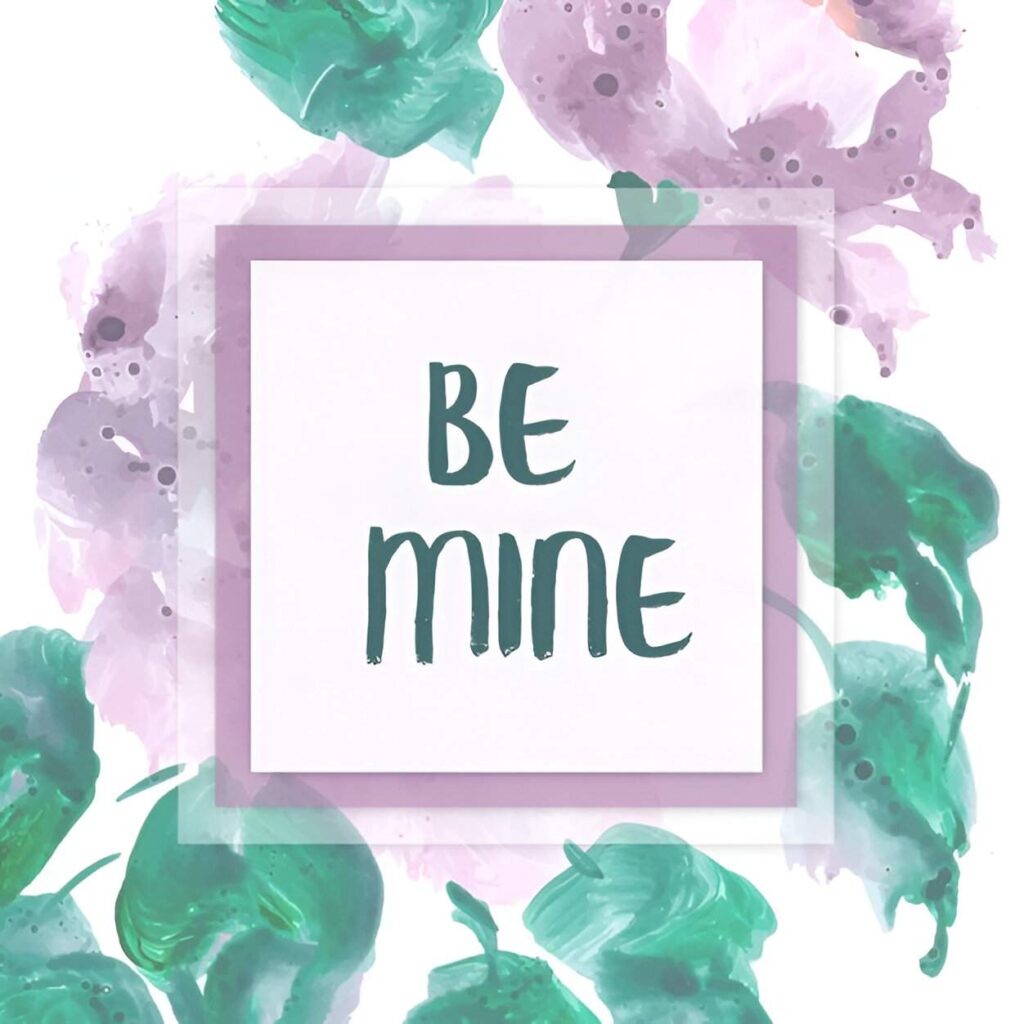Watercolor painting ideas! a technique that involves using water-based pigments. It is typically done on paper, but can also be applied to other surfaces such as canvas, wood, or fabric. Watercolor paints contain pigments that are suspended in water. When the paint is applied to a surface, the water evaporates, leaving behind the pigment. Watercolor paintings are known for their delicate and transparent appearance. They are often used to create landscapes, still lifes, and portraits.

Importance of DIY art in home decor
DIY art adds a touch of magic to home decor, going beyond mere aesthetics to imbue your space with personality, spirit, and a unique story. Here’s why DIY art should be an integral part of your home decor.
DIY art can take many forms, from painting and drawing to sculpture and collage. It can be as simple as creating a framed poster or as complex as creating a custom piece of furniture. Regardless of the medium, DIY art can add warmth, character, and interest to any home. DIY art into home decor can add a unique touch to living spaces, while also serving as a therapeutic outlet.
Popularity of Watercolor Painting
Watercolor painting has gained a lot of popularity over the years due to several factors. One of the main reasons is its accessibility. Unlike oil painting or acrylic painting, watercolor painting requires minimal setup and materials. It is portable, making it easy for artists to paint outdoors or on location.
Another reason for its popularity is its versatility. Watercolor can be used to create a wide range of artistic styles, from realistic scenes to abstract expressions. The transparency of watercolor allows for layering and blending, helping artists achieve color variation and depth.
The enduring popularity of watercolor painting can be attributed to several factors:
Unique qualities:
- Transparency and Layering: Unlike opaque media such as acrylics, the translucency of watercolors allows for delicate washes and layering effects, creating an ethereal and surreal quality.
- Versatility: Watercolors suit a variety of techniques and styles, from loose washes and spontaneous strokes to detailed botanical depictions and precise landscapes.
- Portability and accessibility: Watercolor supplies are light and compact, making them perfect for air travel or quick creative breaks at home. Additionally, they are relatively inexpensive compared to other art mediums.
Creative Appeal:
- Spontaneity and Flow: Watercolors encourage a dynamic and fluid approach to art, allowing for brushwork and experimentation. The unpredictable nature of water lends itself to happy accidents and unique creations.
- Mindfulness and Relaxation: The focus required for watercolor painting can be meditative and therapeutic, offering a quiet escape from everyday stress.
Aesthetic appeal:
- Light and airy feel: The inherent transparency of watercolors translates into airy and luminous artworks, capturing the delicate beauty of light and atmosphere.
- Vibrant and subtle colors: Watercolor pigments come in a wide array of colors, enabling artists to create both bold and subtle color palettes.
Additional factors:
- Historical Significance: Watercolors have a rich history spanning centuries, including J.M.W. Famous artists like Turner and Winslow Homer employ them for masterpieces.
- Growing Community: Watercolor painting continues to grow in popularity, fueled by online tutorials, workshops, and vibrant artist communities.
The unique qualities, creative appeal, aesthetic beauty, and rich history of watercolor painting contribute to its enduring popularity, attracting artists of all skills and offering a satisfying and versatile artistic outlet.
Read more: If you want to know about Curtain Ideas for Modern Home Decor, Follow the Link.
Golden Rule of Watercolor for Living Room Decor
The golden rule of watercolor is a general guideline that says, “You can never overuse mirrors and reflective surfaces in a room.” This rule also applies to living rooms and suggests using mirrors, glass elements, or other reflective surfaces sparingly to avoid overwhelming the space. A balance of light, color, and texture is key to creating a visually appealing living room environment. By following this principle, interior designers can create appealing and harmonious spaces. Additionally, adding complementary colors and natural textures, such as wood or greenery, can further enhance the visual appeal of a living room.
The golden rule of watercolor for living room decor refers to the idea of creating a harmonious and visually pleasing space by using a limited color palette and avoiding excessive saturation. This approach emphasizes the natural beauty and transparency of watercolor paints, allowing the colors to blend and complement each other without overpowering the overall design.
To achieve this, choosing a dominant color as the base is recommended, and then introducing secondary colors that harmonize with it. For example, if you choose blue-green as the base color, you can add shades of green, turquoise, and light blue as accents. This creates a harmonious and calm atmosphere in the room.
Watercolor Painting Ideas for Living Room Decor
Watercolor painting is a versatile and beautiful art form that can add elegance and sophistication to any room decor. Here are some ideas for adding watercolor paintings to your living room:
Nature’s Palette:

Abstract Scenery:
Capture the essence of serene mountains, lush forests, or expansive skies with loose washes of watercolor. Blend greens, blues, and earth tones for a calming effect. (Summary of Watercolor Landscape Painting For Living Room)

Botanical close-ups:
Hone your detail skills with magnified renditions of delicate leaves, vibrant flowers, or spiky succulents. Experiment with wet-on-wet techniques for soft blending or layer colors for depth.

Sunsets and starry nights:
Transform your living room into a heavenly haven with stunning watercolors of fiery sunsets or twinkling galaxies. Play with dramatic gradients for twinkling stars and wet washes for splatter techniques.
Modern Flair:

Geometric Shapes:
Embrace the minimalist trend with bold geometric shapes in contrasting colors. Play with negative space and overlapping forms for dynamic compositions.

Abstract Color Play:
Let your creativity guide you with spontaneous combinations of vibrant colors. Experiment with wet-on-wet techniques, dripping, and splashing for a unique and energetic piece.

Textured Canvas:
Add dimension to your artwork by using textured paper or applying masking fluids to create crisp negative areas. Consider metallic accents or subtle washes of glitter for a glamorous touch.
Personal Touches:

Memorable Travel Scenes:
Recreate your favorite vacation spot or capture a favorite landmark in watercolor. Add personal details like street lamps, quaint cafes, or famous skylines for a touch of nostalgia.

Portraits of loved ones:
Capture the essence of your family or pets in watercolor portraits. Use loose washes for expressive strokes or create layers for realistic details.

Motivational Quotes:
Create your own inspirational art by combining watercolor letters with dynamic backgrounds. Choose premium quotes and personalize the font style for a unique piece that speaks to you.
Remember, the beauty of watercolor lies in its spontaneity and flow. Embrace the process, experiment, and have fun!
- Create a gallery wall. Hang a series of watercolor paintings in different sizes and styles to create a visually interesting focal point. You can choose paintings that have a similar theme or color palette, or you can mix and match different styles to create a more eclectic look.
- Use watercolor paintings as accent pieces. Place a watercolor painting on a side table or console, or hang it above a fireplace or sofa. Watercolor paintings can also be used to add a touch of color to a bookcase or curio cabinet.
- Add watercolor paintings to your furniture. Choose furniture pieces with watercolor designs, such as a coffee table with a painted glass top or a chair with a watercolor seat.
Bonus Tips:
Frame your creations: Don’t let your masterpieces fade away! Choose frames that complement your artwork and make it a focal point in your room.
Mix and match: Experiment with different-sized canvases or create a gallery wall of several smaller pieces for a dynamic display.
Get inspired: Browse online galleries, Pinterest boards, or art books for inspiration. Don’t be afraid to adapt existing ideas to suit your taste and skill level.
Watercolor painting is a beautiful and versatile art form that can add elegance and sophistication to any room decor. With a little creativity, you can use watercolor paintings to create a unique and personalized space that reflects your style.
Read more: If you want to Know about Perfect LivingRoom Curtains, Follow the Link…..
Choosing the right artwork for your living room
When it comes to decorating your living room, choosing the right artwork can significantly enhance the overall ambiance and reflect your style. There are many different types of artwork to choose from, including paintings, prints, and photographs. Here are some important things to keep in mind when choosing artwork for your living room:
- Size and Scale:
Consider the size of your room and the available wall space. Artwork should be proportional to the size of the room and the furniture. A large piece of art can make a bold statement, while smaller pieces can have a more intimate feel. - Color Palette:
Consider the color scheme of your room. Choose artwork that complements or contrasts with the colors in the room. For a cohesive look, choose artwork with colors that already exist in your decor. Alternatively, you can introduce a pop of color with a piece of art that has a contrasting hue. - Style and Theme:
Choose artwork that fits your style and the overall theme of your room. Whether you prefer contemporary, traditional, abstract, or another style, choose pieces that reflect your taste and create a cohesive look. - Subject Matter:
Consider the subject of the artwork. Landscapes, cityscapes, natural scenes, abstract patterns, or even personal portraits can all make great choices. Choose artwork that evokes positive emotions and resonates with you and your family. - Placement:
The placement of artwork is important. Hang the artwork at eye level for the best viewing experience. Consider the height of your furniture and the flow of the room when choosing a place for your artwork. - Lighting:
Proper lighting can enhance the beauty of your artwork. Place artwork in areas with good natural light or use artificial lighting to highlight specific pieces. - Mix and Match:
Don’t be afraid to mix and match different styles, sizes, and themes of artwork. Create a gallery wall with a variety of pieces or arrange them cohesively to tell a visual story.
Remember, choosing artwork is a personal journey. Take your time, experiment with different options, and choose pieces that speak to you. Your living room should reflect your personality and style, and the right artwork can bring it all together.
Transforming Your Living Room with Watercolor Art
Watercolor art, known for its delicate, ethereal quality, can transform any space, including your living room. With soft washes of color and fluid brush strokes, watercolor paintings bring a sense of calm and beauty to your home.
Key characteristics of watercolor art:
- Transparency: Watercolor is a transparent medium, which allows the underlying layers of paint to show through, creating a sense of depth and luminosity.
- Softness: Watercolor paintings have a soft, ethereal quality due to the way the paint mixes with the water.
- Vibrant Colors: Despite transparency, watercolor can produce vibrant colors when multiple layers are applied.
How to incorporate watercolor art into your living room:
- Focal point: Hang a large watercolor painting above your sofa or fireplace as a focal point.
- Gallery Wall: Create a gallery wall of small watercolor paintings in different sizes and styles.
- Accent pieces: Use watercolor prints or cards as shelves, side tables, or even coasters.
- Color Inspiration: Take color inspiration from your watercolor art and use it to brighten up your room with throw pillows, rugs, or other decor items.
Remember, the key to incorporating watercolor art into your living room is to find pieces that resonate with you and complement your personal style.


It is appropriate time to make some plans for the future and it’s time to be happy.
I have read this post and if I could I wish to suggest you
some interesting things or suggestions. Perhaps you
can write next articles referring to this article.
I want to read even more things about it!
Thanks for your thoughtful comment! I’m glad you enjoyed the post. Your suggestion to consider more topics related to happiness and future plans is really appreciated. I will definitely consider your feedback for future articles. Stay tuned for more content that I hope will continue to inspire and engage you. Thank you for your support!
Your point of view caught my eye and was very interesting. Thanks. I have a question for you.